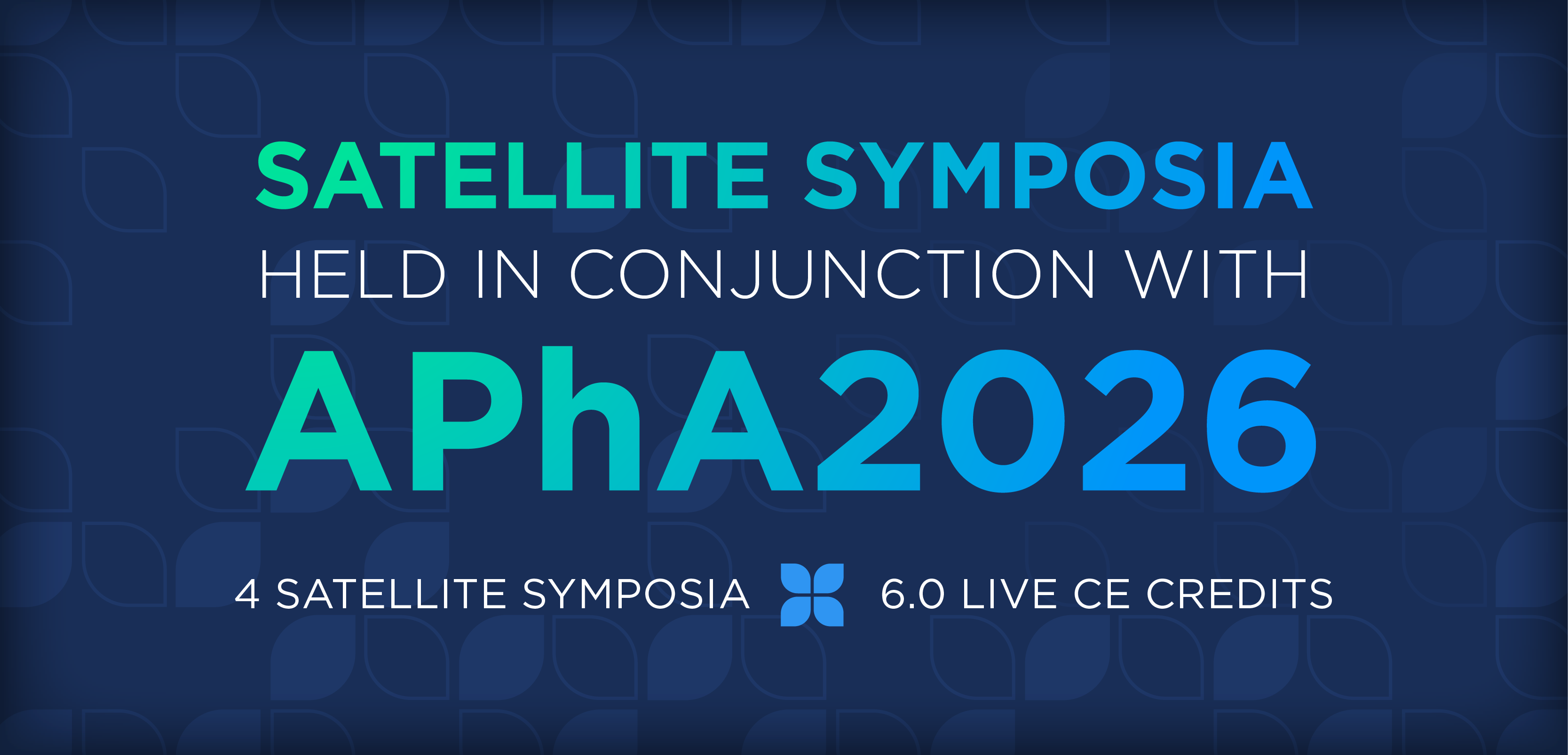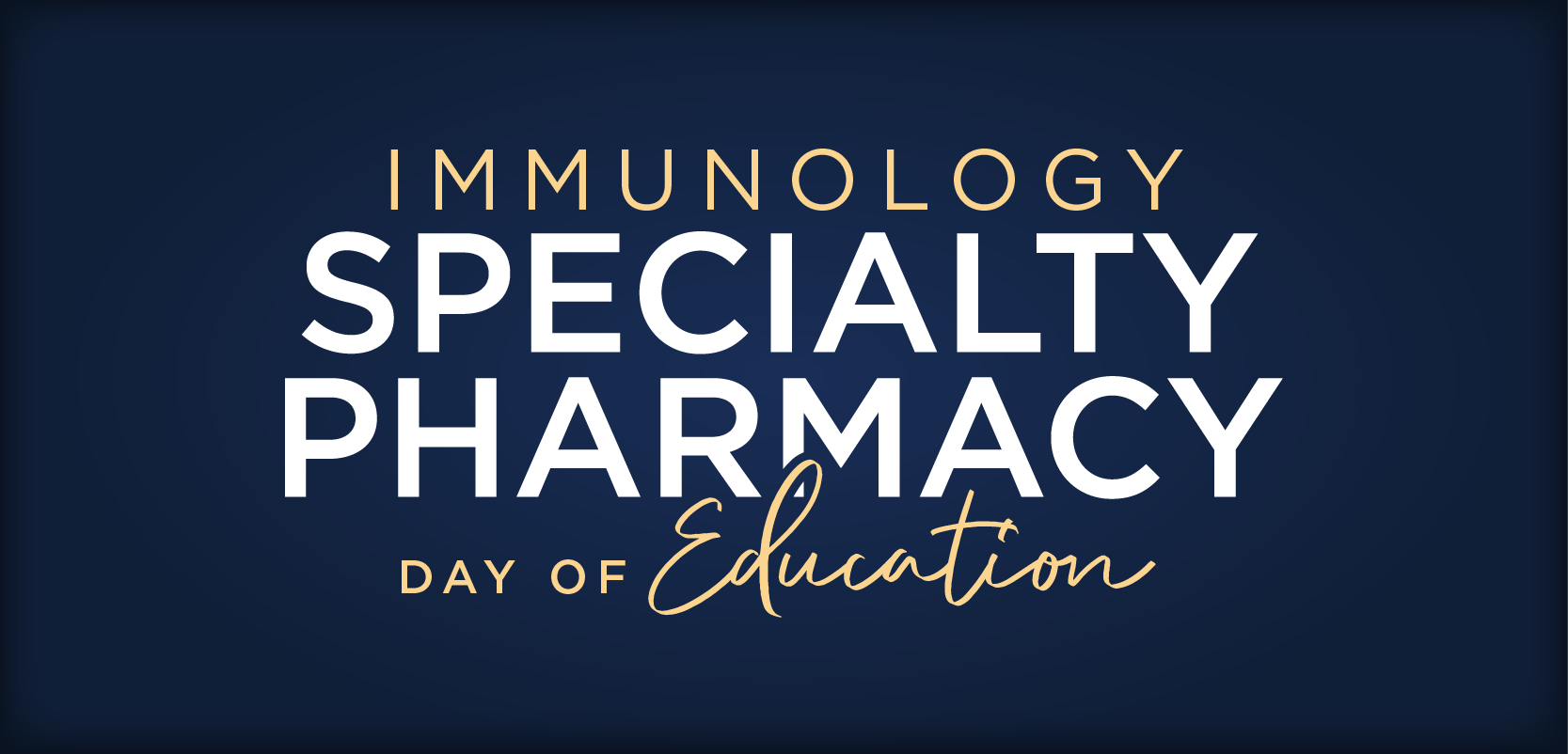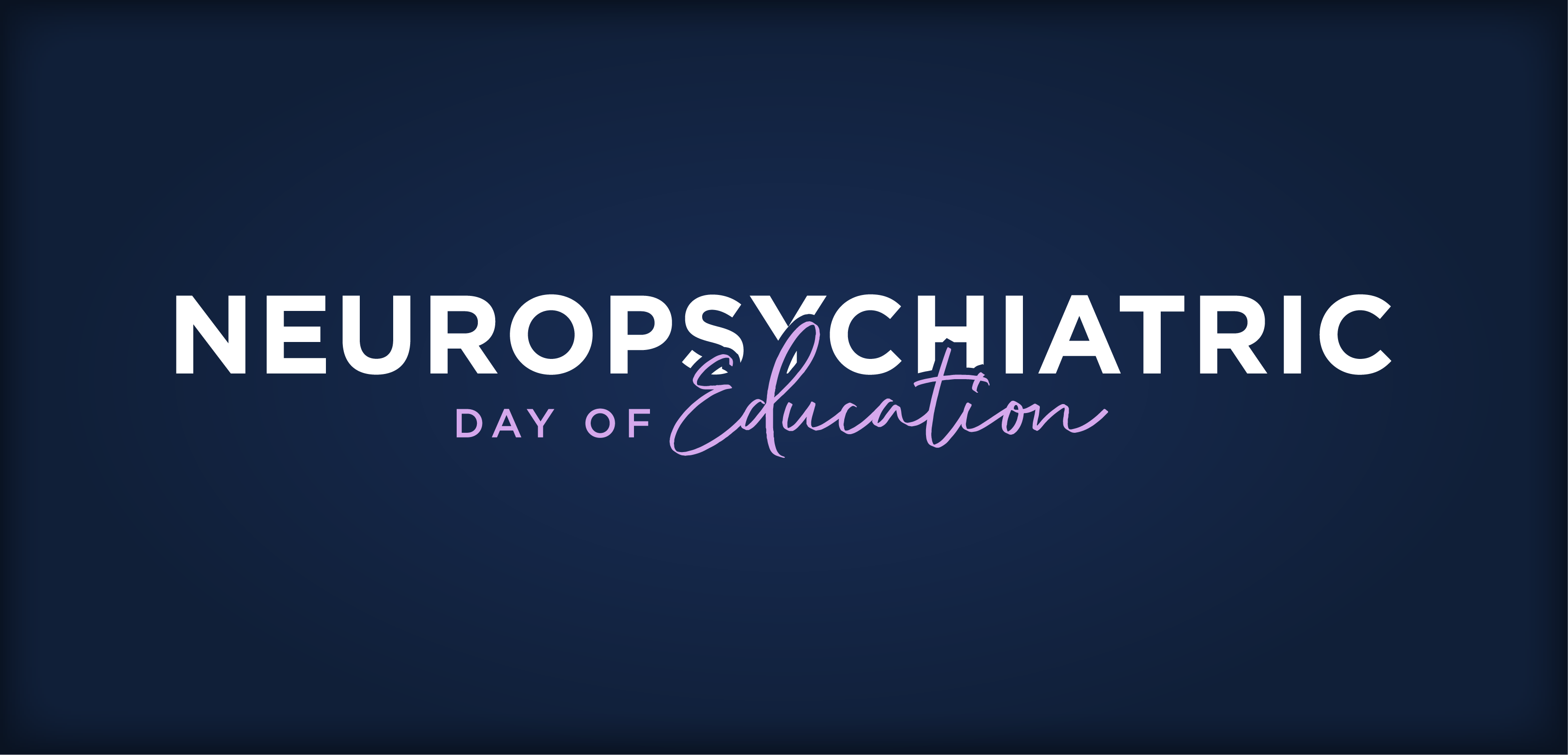
- Volume 0 0
Can Triptans and SSRIs Be Used Together?
The FDA has issued a PublicHealth Advisory that warns ofpossible serotonin syndrome inpatients receiving 5-hydroxytryptaminereceptor agonists (triptans) together witheither selective serotonin reuptake inhibitors(SSRIs) or selective serotoninnorepinephrinereuptake inhibitors(SNRIs).1 The FDA Advisory was based on"important new safety information," butthe nature of that information was notelucidated.
What Drugs Are Involved in theAdvisory?
The triptans, SSRIs, and SNRIs includedin the FDA Advisory are listed in theTable.We have added clomipramine andimipramine to the list of SNRIs, since both(especially clomipramine) inhibit serotoninuptake in therapeutic doses.
What Evidence Supports theInteraction?
A few cases of serotonin syndromehave been reported with combined useof triptans with SSRIs or SNRIs.2-4 Apparentlythe FDA has received informationon additional patients who havedeveloped serotonin syndrome withthese combinations. Nonetheless, serotoninsyndrome has not been observedin clinical and pharmacokinetic studiesinvolving over 2000 patients receivingtriptans and SSRIs.5-9 Moreover, triptansare regularly used with SSRIs or SNRIs;about 50,000 patients in the UnitedStates were taking triptans and SSRIs,based on an estimate published in 2003,5and this may well be an underestimate.Thus, it appears that if these combinationscause serotonin syndrome, it mustbe in only a small percentage of peoplereceiving the drugs.
What About PharmacokineticInteractions?
Fortunately, most SSRIs do not inhibitthe cytochrome P-450 isozymes involvedin the metabolism of triptans. Fluoxetineand paroxetine are potent inhibitors ofCYP2D6, but this isozyme is not importantfor metabolism of triptans. One SSRIof concern is fluvoxamine, which is apotent inhibitor of CYP1A2. Since zolmitriptanand frovatriptan are metabolizedby CYP1A2, it would be prudent toavoid these triptans in patients receivingfluvoxamine. Fluvoxamine is also a moderateinhibitor of CYP3A4, an isozymeinvolved in the metabolism of eletriptan.Nonetheless, clinical trials have found littleevidence of an adverse interactionbetween CYP3A4 inhibitors (even potentones) and eletriptan.7
What Explains the Reports ofSerotonin Syndrome?
Some of the published case reports ofserotonin syndrome with concurrent useof triptans and SSRIs or SNRIs were notpresented in sufficient detail to: (1) ensurethat the patient actually had serotoninsyndrome; (2) ensure that the symptomswere not caused by one of the drugs actingalone instead of due to a drug interaction;and (3) ensure that the reaction wasnot caused by some other drug given atabout the same time (serotonin syndromemay occur when SSRIs are combinedwith various drugs). Nonetheless,one cannot rule out that the interactiondoes occur in some patients.
Are Some Patients at GreaterRisk?
It is possible that only certain predisposedpatients develop serotonin syndromewhen SSRIs or SNRIs are usedwith triptans, and that explains the rarityof case reports. Unfortunately, risk factorshave not yet been established, so itis not possible to identify ahead of timewhich patients should not receive thesecombinations.
Summary
Isolated case reports suggest thatsome patients may develop serotoninsyndrome with combined use of triptanswith SSRIs or SNRIs, but a majority ofpatients do not appear to be affected.
Drs. Horn and Hansten are both professorsof pharmacy at the Universityof Washington School of Pharmacy.For an electronic version of this article,including references if any, visitwww.hanstenandhorn.com.
For a list of references, send a stamped, self-addressedenvelope to: References Department,Attn. A. Rybovic, Pharmacy Times, AscendMedia Healthcare, 103 College Road East,Princeton, NJ 08540; or send an e-mailrequest to: arybovic@ascendmedia.com
Articles in this issue
about 19 years ago
Cold Sore Outbreak?about 19 years ago
Compounding with Commercial Drugs Can Cause Errorsabout 19 years ago
compounding HOTLINEabout 19 years ago
can you READ these Rxs?about 19 years ago
Time to Share Accountabilityabout 19 years ago
nacds SPEAKS OUT: One Voice Is Critical in Pharmacy Todayabout 19 years ago
Use of Probiotics in the Management of Antibiotic-associated Diarrheaabout 19 years ago
Labeling in Failure-to-Warn Caseabout 19 years ago
Ohio Prosecutors Fight Rx Abuseabout 19 years ago
Lean on Me: Help for the Impaired PharmacistNewsletter
Stay informed on drug updates, treatment guidelines, and pharmacy practice trends—subscribe to Pharmacy Times for weekly clinical insights.



















































































































































































































